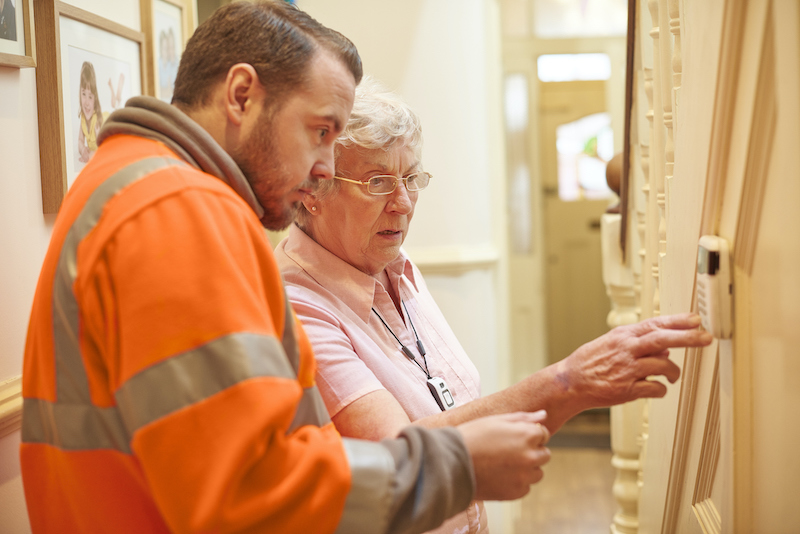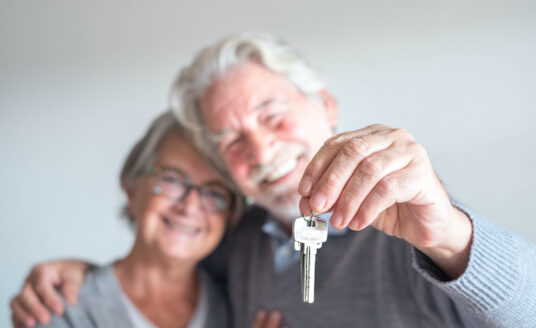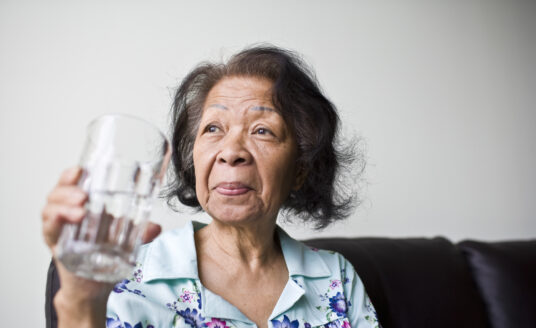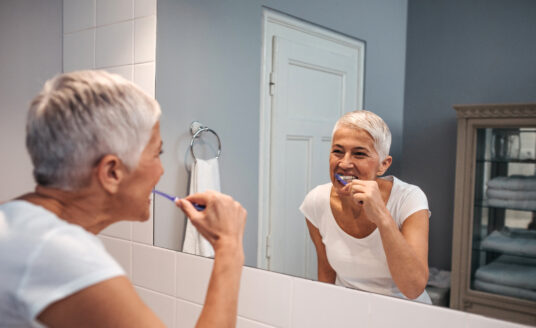Senior adults do not adapt to cold temperatures as well as when they were younger, and here are a number of reasons why:
- A decrease in their metabolic rate, which means generating sufficient body heat is a challenge
- Slower circulation, which makes retaining heat more difficult
- Thinning skin and less insulating fat, which makes it harder to retain body heat
Other factors also contribute to the problems with cold temperatures:
- Anemia
- Atherosclerosis
- Diabetes
- Cardiovascular disease
- Medication side effects
- Thyroid problems
Because of these factors, hypothermia becomes a real threat for seniors during cold weather. In fact, according to the National Institute on Aging (NIA), even if the temperature of a senior’s home is kept between 60 and 65 degrees it may not be warm enough to keep the senior safe. The NIA recommends setting the heat to a minimum of 68 to 70 degrees.
To add to the problem, many senior adults are on fixed income and heating costs can become a significant concern. Unfortunately, some seniors choose to cut back on using their heating system and place themselves at risk.
With so much at stake, let’s look at some myths on the subject.
Myth 1:
Setting the thermostat to a high degree to warm the home more quickly.
Reality:
It’s tempting when a room is chilled to dramatically ramp up the thermostat setting, but doing this doesn’t work and isn’t efficient. The heating system is not going to reach the desired temperature any faster by hiking up the heat quickly. In fact, it’s likely that shortly after the thermostat is changed the temperature in the home will become too hot. The thermostat will have to be dialed down to compensate for this, wasting energy.
Myth 2:
Leaving the thermostat at the same setting while not in the home won’t cost any more.
Reality:
Setting a slightly lower temperature when leaving for a few hours means the heating unit will not be kicking on as frequently and, thereby, using less energy and saving money.
Myth 3:
Turning the thermostat off while out of the home will save money.
Reality:
Not only is this dangerous given a senior’s increased susceptibility to the cold, but any money saved will be lost once you return. When turning on and turning up your heat., you’re putting a strain on the heating system to reach the desired temperature. Also, if the heat is off for an extended period of severe cold, pipes may freeze.
Myth 4:
Using the fireplace is a good way to heat the home.
Reality:
An open fireplace is wonderful to look at and listen to as logs crackle and pop while giving off warmth. However, the fireplace needs air to burn, which requires opening the flue to vent exhaust gases. That means the heated air the home owner has paid for and that is produced by a furnace is also being sucked out the chimney.
Myth 5:
Closing vents and registers in unused rooms saves money.
Reality:
This seems to make sense, but the heating system in a home is designed and installed to warm the air in all the rooms of the house. Closing vents can cause pressure to build up in the system, which may produce leaks. Requiring the system to do something it was not designed to do makes it less efficient and more likely to malfunction.
Myth 6:
Using an electric space heater will save money.
Reality:
If there are rooms in the home that are uncomfortably cold, it makes sense to find out why the heating system is not working properly rather than using an electric space heater. A space heater may actually be more costly to operate than your home heating system and could pose a potential fire hazard if not used properly.
Myth 7:
If the furnace is working, there is no need to have it inspected.
Reality:
Annual furnace inspections are recommended for several reasons:
- Prolonged life of the furnace
- Reduced chance of a breakdown in cold weather
- Carbon monoxide leaks detected and repaired
- Increased furnace efficiency due to cleaning and repairs
Anyone, but especially senior adults, should not risk a winter-weather, heating system breakdown by not scheduling an annual inspection.
Myth 8:
To keep floors warm on the first floor, heat the basement.
Reality:
Warm air does rise, but only a small amount will make it upstairs from the basement. Also, if there is not high-quality insulation between basement and first floor, energy is already being wasted. Only heat the basement if it is going to be occupied.
As the weather gets colder, it’s important to take precautions to keep your senior loved ones safe. Find more cold-weather tips for aging adults on our blog.
Back to All Posts


